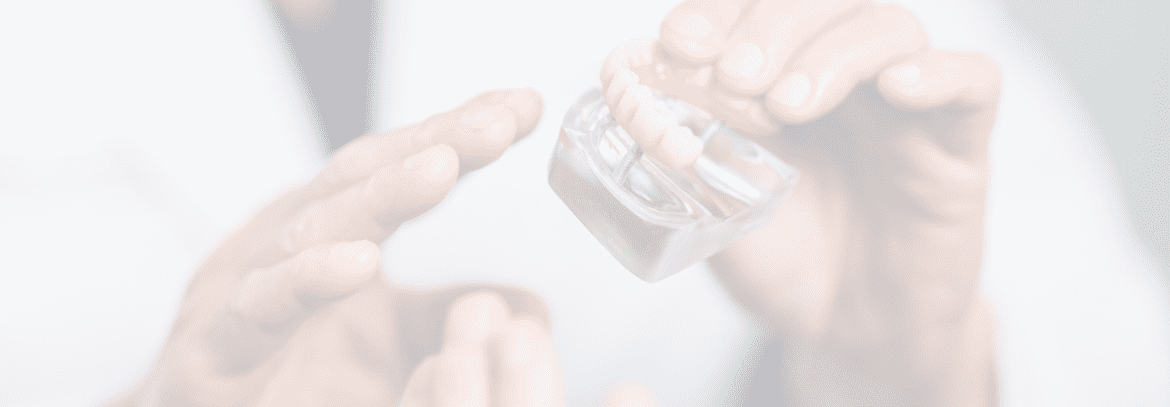If you have been diagnosed with periodontal disease, you may be wondering what treatments help fight this disease.
One service, pocket reduction surgery, is a procedure that can help to remove harmful bacteria and reduce the depth of the pockets between your gums and teeth. This can help to improve your oral health and prevent further tooth loss.
What is pocket reduction surgery?
Pocket reduction surgery is performed by a periodontist. The goal of the surgery is to remove harmful bacteria and reduce the depth of the pockets between your gums and teeth. This is done by:
- Separating the gum tissue from the tooth
- Removing the bacteria and tartar from the root surface
- Repositioning the gum tissue in a new position
- Sometimes, bone may also be reshaped or added to support the gums
When is pocket reduction surgery necessary?
Pocket reduction surgery is usually only necessary for people who have advanced periodontal disease. This is a condition in which the gums become inflamed and pull away from the teeth, forming pockets. These pockets can become infected with bacteria, which can lead to tooth loss.
If you have advanced periodontal disease, our periodontist may recommend pocket reduction surgery if:
- Your pockets are deeper than 5 millimeters
- You have lost bone around your teeth
- You are at risk of losing teeth
What are the benefits of pocket reduction surgery?
Pocket reduction surgery can have several benefits, including:
- Reducing the risk of tooth loss
- Improving your oral health
- Reducing gum inflammation
- Reducing bad breath
- Improving your smile
What is the recovery time for pocket reduction surgery?
The recovery time for pocket reduction surgery varies depending on the extent of the surgery. In general, you can expect to be sore for a few days after the surgery. You may also experience some bleeding and swelling. Your dentist may prescribe antibiotics to prevent infection.
How can I prepare for pocket reduction surgery?
There are a few things you can do to prepare for pocket reduction surgery, including:
- Quit smoking
- Brush and floss your teeth regularly
- See your dentist for regular checkups
- Take antibiotics as prescribed
What should I expect after pocket reduction surgery?
After pocket reduction surgery, you will need to follow post-surgical care instructions carefully. This may include:
- Using a soft-bristled toothbrush
- Rinsing with an antiseptic mouthwash
- Avoiding strenuous activity
How Is This Different from Periodontal Scaling and Root Planing?
Pocket reduction surgery and periodontal scaling and root planing (SRP) are both procedures used to treat periodontal disease. However, there are some key differences between the two procedures.
- Periodontal scaling and root planing: This is a non-surgical procedure that involves removing plaque, tartar, and bacteria from the teeth and root surfaces. This is done by using special instruments to scale the teeth and root planing the root surfaces.
- Pocket reduction surgery: This is a surgical procedure that involves removing the gum tissue that is surrounding the teeth and then repositioning the gum tissue in a new position. This helps to reduce the depth of the pockets between the gums and teeth.
In general, periodontal scaling and root planing is used to treat early-stage periodontal disease, while pocket reduction surgery is used to treat moderate-to-severe periodontal disease.
Here is a table that summarizes the key differences between pocket reduction surgery and periodontal scaling and root planing:
Feature |
Pocket Reduction Surgery |
Periodontal Scaling and Root Planing |
| Type of procedure | Surgical | Non-Surgical |
| Purpose | Reduce pocket depth between the gums and teeth | To remove plaque, tartar, and bacteria from the teeth and root surfaces |
| When used | Moderate-to-severe periodontal disease | Early-stage periodontal disease |
|
Recovery time |
Varies on situation |
Varies on situation |
Is there anything else I should know about pocket reduction surgery?
Pocket reduction surgery is a safe and effective procedure that can help to improve your oral health and prevent further tooth loss.
However, it is important to remember that surgery is not always necessary. If you have early-stage periodontal disease, we may be able to treat it with non-surgical methods, such as scaling and root planing.
If you are considering pocket reduction surgery, talk to your dentist about the benefits and risks of the procedure. They can help you decide if surgery is right for you.
Schedule A Consultation Today
If you have any questions about pocket reduction surgery, please contact our office. We would be happy to answer your questions and schedule a consultation with our periodontist Dr. Livada.


